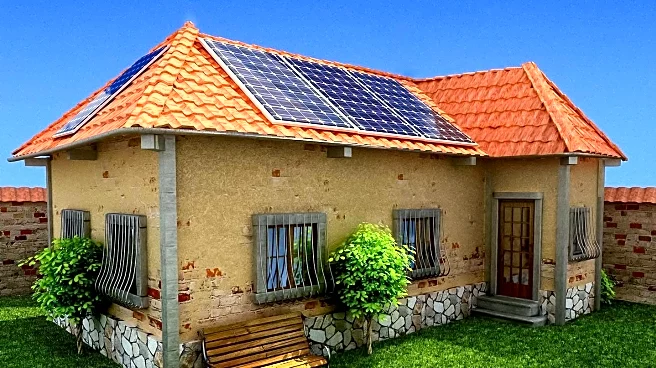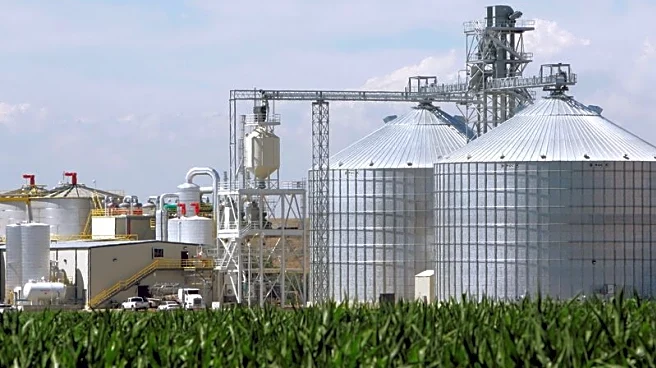What is the story about?
What's Happening?
Mold growth in homes, even those that are well-maintained, can often go unnoticed, posing significant risks to indoor air quality and respiratory health. According to Laureen Burton, a chemist and toxicologist with the Environmental Protection Agency's Indoor Environments Division, mold thrives in areas where moisture accumulates, such as behind walls, under flooring, and in poorly ventilated corners. These hidden infestations can remain undetected for extended periods, potentially affecting the health of residents. Common signs of mold include musty odors, visible stains on walls, and allergic reactions such as congestion and sneezing. Mold can grow in various parts of the home, including air conditioning units, attics, basements, bathrooms, and kitchens, especially where there is moisture buildup.
Why It's Important?
The presence of mold in homes is a significant concern due to its potential impact on health and property. Mold spores can trigger allergic reactions and respiratory issues, affecting the well-being of individuals, particularly those with pre-existing conditions like asthma. Additionally, mold can cause structural damage to homes, leading to costly repairs. Understanding the common areas where mold can grow and recognizing the signs of its presence are crucial for homeowners to take preventive measures. Addressing mold issues promptly can prevent further health complications and property damage, highlighting the importance of regular home inspections and moisture control.
What's Next?
Homeowners are advised to take proactive steps to prevent mold growth by controlling moisture levels in their homes. This includes fixing leaks promptly, ensuring proper ventilation, and using dehumidifiers to maintain humidity levels below 60%. In cases of widespread mold, professional remediation may be necessary. Regular inspections, especially in less frequented areas like basements, can help detect mold early. By maintaining a dry and clean environment, homeowners can reduce the risk of mold growth and protect their indoor air quality.
Beyond the Headlines
The issue of mold in homes also raises broader questions about building standards and the importance of incorporating moisture control measures in construction and renovation projects. As climate change leads to more frequent and intense weather events, homes may become more susceptible to water damage and mold growth, necessitating a reevaluation of building codes and practices to ensure long-term resilience and health safety.
AI Generated Content
Do you find this article useful?
















